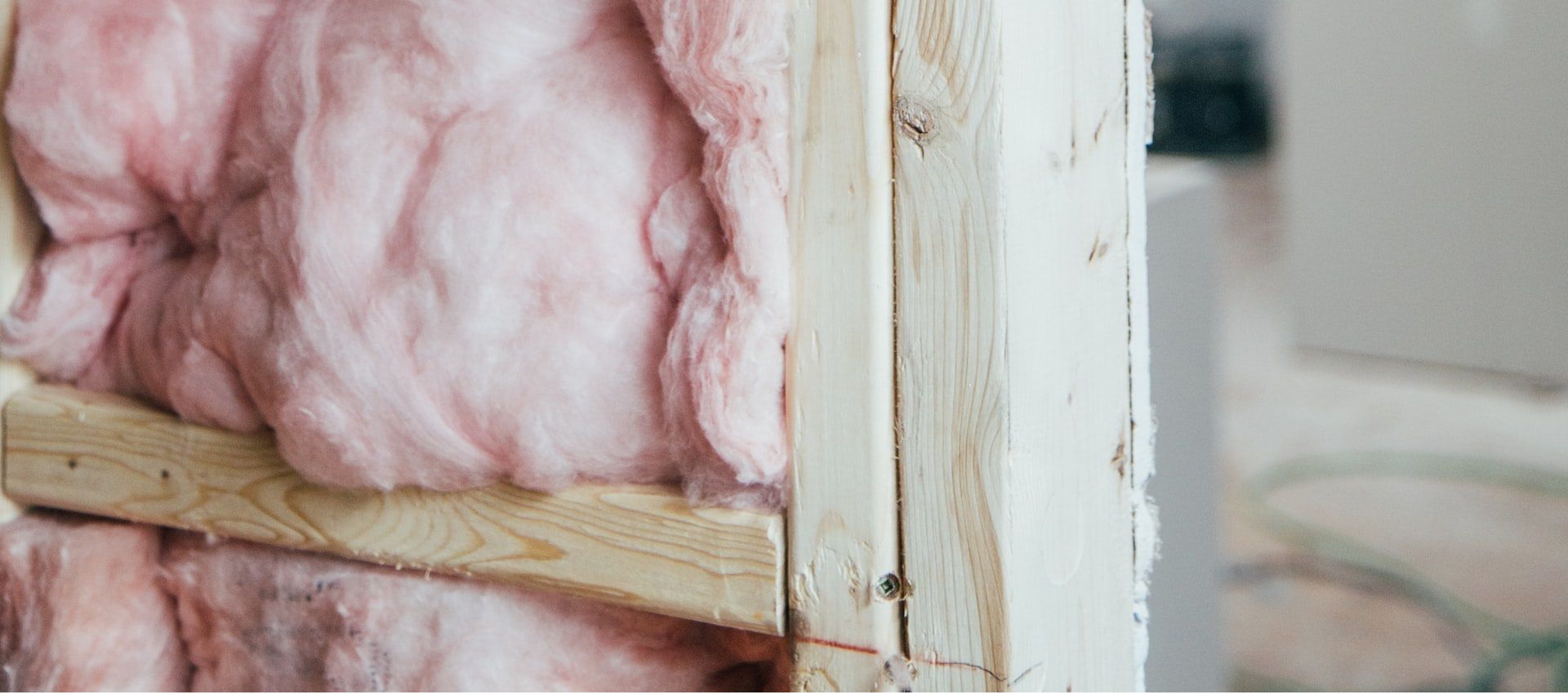
Home improvements: How insulation will help you combat rising energy prices
With the colder months beginning to draw in, you’re probably starting to consider simple home improvements to help you combat the rising energy prices. Autumn is just around the corner and it’s only a matter of time before the heating gets switched on and the kettle is back on a constant boil.
Insulation is something that many homeowners overlook. Many think that just because they’ve purchased a new build or a house that already has insulation, it’s not something they ever need to worry about. In actual fact, insulation starts degrading from around the 15-20 year mark and comes in varying qualities. Although upgrading this may seem like a hefty cost, it can save you some serious money in the long run.
The different types of insulation
Wall insulation
Beginning with where many of our minds first wander when we think of ‘insulation’, let’s talk about walls. This is the best place to start when it comes to simple home improvements.
Walls come in all different shapes and sizes and your insulation should be adapted to suit how your home has been built. If your property dates back to the 1920’s and beyond, it’s likely that many of the external walls of your home are solid. Cavity walls are also a popular option. This is where your walls have two separate layers, one usually made of brick and one of concrete. Between the two is a gap where air can run through, lowering the temperature of your property. Both types of wall can be insulated and it’s important to know which your home consists of before you get the specialists involved.
When it comes to these kinds of home improvements, you can even take things one step further by investing in internal wall insulation. Boards or rolls of insulation can be added, however a small area of floor space will be lost to this process.
Floor insulation
Similar to the different types of walls, floors can be solid or suspended.
Solid floors require rigid boards for their insulation and your chosen flooring material (usually carpet) is then placed on top of this. This will mean adjusting your doors, skirting boards, and electrical sockets to allow for the increase in floor thickness.
When you have suspended floors, however, insulation can be laid underneath the floorboards. Placed between the joists, this kind of insulation can be loose-fitted or installed in rolls.
Loft and roof insulation
Did you know that uninsulated lofts can result in over a quarter of a properties warmth being lost? Lofts can be insulated with lots of different materials that typically come in rolls and batts.
If you are planning on converting your loft into an extra room or two, it’s important to consider roof insulation. This usually fits under the plasterboard and is most likely going to be a foam or a rigid insulation board.
How to know when you need to upgrade
The most common type of insulation is made of fibre glass. This material, when maintained, can last between 80-100 years. As we mentioned earlier however, due the nature of how this insulation is installed, it will most likely begin to degrade and loosen within 2 decades.
The most obvious way to tell when you need to upgrade is by assessing the warmth of you home during the colder months. When your insulation has significantly degraded, you should begin noticing higher energy bills, although this might be harder to spot this year due to inflated energy costs. You may also notice drafts coming from your electrical sockets and walls that are cold to touch. Each of these factors are key indicators that home improvements may need to be made.
Contact us
Considering home improvements to help you save money on your energy bills, or any other types of home improvement? Get in touch, the team here at Munday + Cramer can help! To reach a member of our team, give us a call on 01245 326 200.